| Modification |
Use |
| Conventional |
Low-strength domestic waste, susceptible to shock loads |
| Complete-mix |
General application, resistant to shock loads, surface aerators |
| Step-aeration |
General application to wide range of wastes |
| Modified-aeration |
Intermediate degree of treatment where cell tissue in the effluent is not objectionable |
| Contact-stabilization |
Expansion of existing systems, package plants, flexible |
| Extended-aeration |
Small communities, package plants, flexible, surface aerators |
| Kraus process |
Low-nitrogen, high strength wastes |
| High-rate aeration |
Use with turbine aerators to transfer oxygen and control the floc size, generals application |
| Pure-oxygen |
General application, use where limited space is available, requires inexpensive oxygen source, turbine or surface aerator |
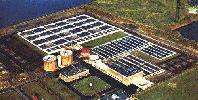


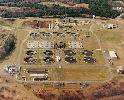




 "Process Flow - Chart - 1"...
"Process Flow - Chart - 1"...
 "Process Flow - Chart - 2"...
"Process Flow - Chart - 2"...
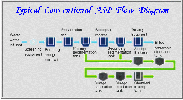
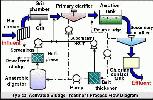
 "Process Loadings"...
"Process Loadings"...
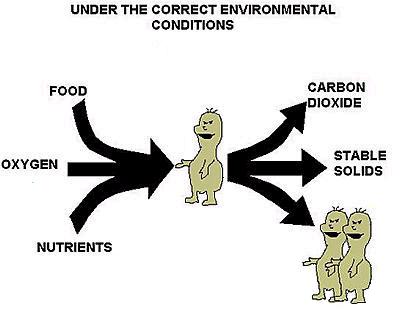
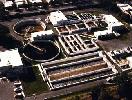
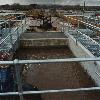
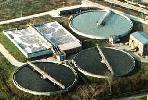
 "Plug Flow"...
"Plug Flow"...
 "Completely Mixed"...
"Completely Mixed"...
 "Step Aeration"...
"Step Aeration"...
 "Contact - Stabilization"...
"Contact - Stabilization"...
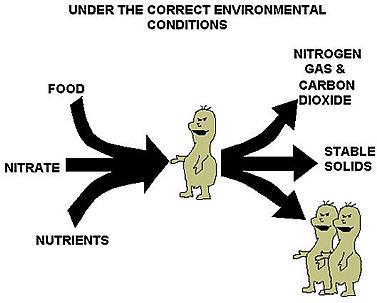
 "Oxidation Ditch - Kraus Process"...
"Oxidation Ditch - Kraus Process"...
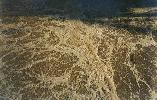
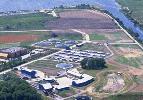
 Click here for detailed info about "Activated Sludge Process Kinetics"...
Click here for detailed info about "Activated Sludge Process Kinetics"...
 "Design Parameters"...
"Design Parameters"...
 "Food - to - microorganism ratio"...
"Food - to - microorganism ratio"...
 "Mean cell - residence time"...
"Mean cell - residence time"...

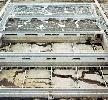
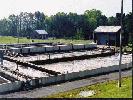
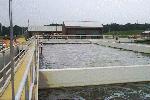

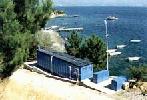
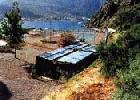
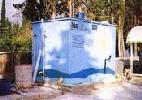
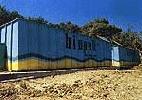
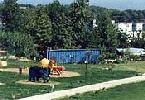
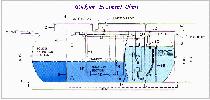
 "Design Criteria for PTP"...
"Design Criteria for PTP"...

